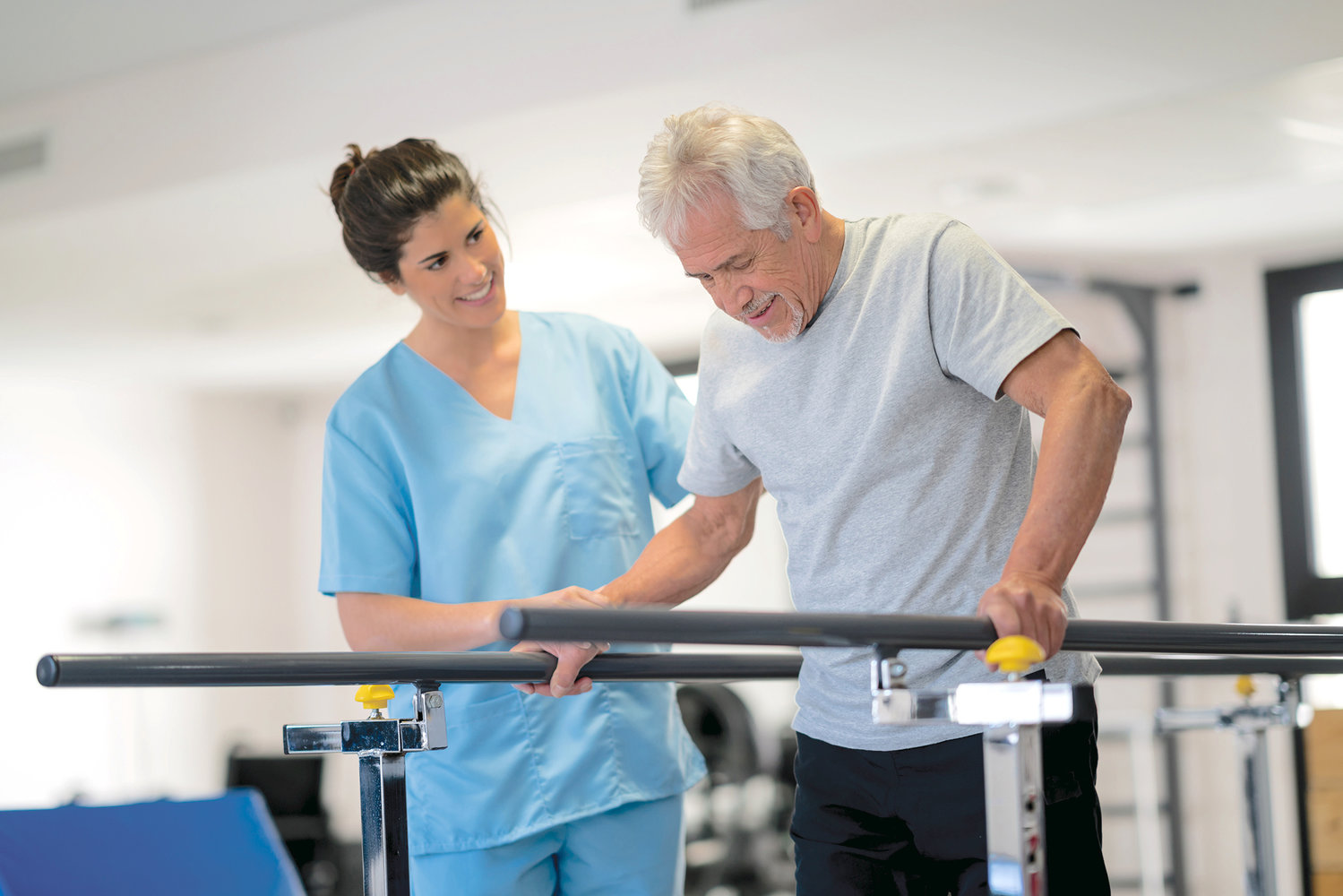If all you have is 'tips' go back to the drawing board and come up with 100% recovery protocols. Survivors don't want to accept your tyranny of low expectations, they want full recovery. Don't talk down to them.
Life after stroke: Tips for recovery and daily living
In the weeks and months immediately following a stroke, an early rehabilitation program offers the best possible recovery outcomes.
While each person’s stroke recovery journey is unique, starting the path toward rehabilitation as soon as it’s medically safe allows stroke survivors to mitigate the lasting effects.
According to the American Stroke Association, a division of the American Heart Association, each year, approximately 800,000 people in the United States have a stroke. Strokes can happen to anyone, at any age. In fact, globally about 1 in 4 adults over the age of 25 will have a stroke in their lifetime.
Early intervention
The rehabilitation and support a survivor receives can greatly influence health outcomes and recovery.
The first three months after a stroke are especially critical. Although recovery may continue for years after a stroke, this time in the immediate aftermath of a stroke is when the brain is most able to adjust to the damage done by the stroke so the survivor can learn new ways to do things.
Physical, communication and cognitive changes
Following a stroke, a survivor may experience physical changes, such as fatigue, seizures, weakness or paralysis on one side of the body or spasticity, stiff or rigid muscles which may cause difficulty with completing daily activities and tasks. If experiencing fatigue, speak with your health care provider about ways to reduce it.
Your care team(NOT RESULTS TEAM! Ask for the results team, not this shitworthy 'care' team!) may also be able to provide medications to help with seizures and spasticity. Physical therapy is also an option.
Challenges after a stroke depend on the severity and location of the stroke. In addition to various physical disabilities, stroke survivors may experience aphasia, communication and thought problems related to speaking, listening, understanding or memory.
Planning, organizing ideas or making decisions can also be harder.
“Remember to be patient when communicating with a stroke survivor,” said Elissa Charbonneau, M.S., D.O., chief medical officer of Encompass Health and an American Stroke Association national volunteer. “The impact of a stroke on cognitive, speech and language can be significant and isolating.
“When connecting with a stroke survivor, some helpful practices include demonstrating tasks, breaking actions into smaller steps, enunciating, asking multiple choice questions and repetition.”
Customized rehabilitation
Once a stroke survivor’s medical condition is stabilized and he or she is ready to leave the hospital, rehabilitation can help restore function and teach new ways to complete everyday tasks. Rehabilitation may take place in an inpatient facility, skilled nursing facility or long-term acute care facility.
Outpatient clinics and home health agencies can also provide rehabilitative care in certain circumstances.
One patient’s rehab journey might include therapy to improve balance, strength or mobility while another might need speech or other therapies. A rehabilitation designed for the individual is critical.
Preventing a recurrence
After a first stroke, nearly 1 in 4 survivors will have another. Stroke survivors can help reduce their risk of having another stroke by working with their health care team to identify what caused the stroke and uncover personal risk factors.
Taking steps such as healthy eating, reducing sedentary time and taking medications as prescribed can help your brain and reduce your risk of a repeat stroke. Controlling conditions such as high blood pressure, diabetes and sleep apnea also reduce your risk of having another stroke.
Support during your journey
Caregivers and other loved ones can provide important long-term support during your recovery and rehabilitation.
Find resources for stroke rehab and recovery including the “Life After Stroke” guide, “Simply Good” cookbook and a support network to connect with other survivors at Stroke.org/Recovery.

No comments:
Post a Comment